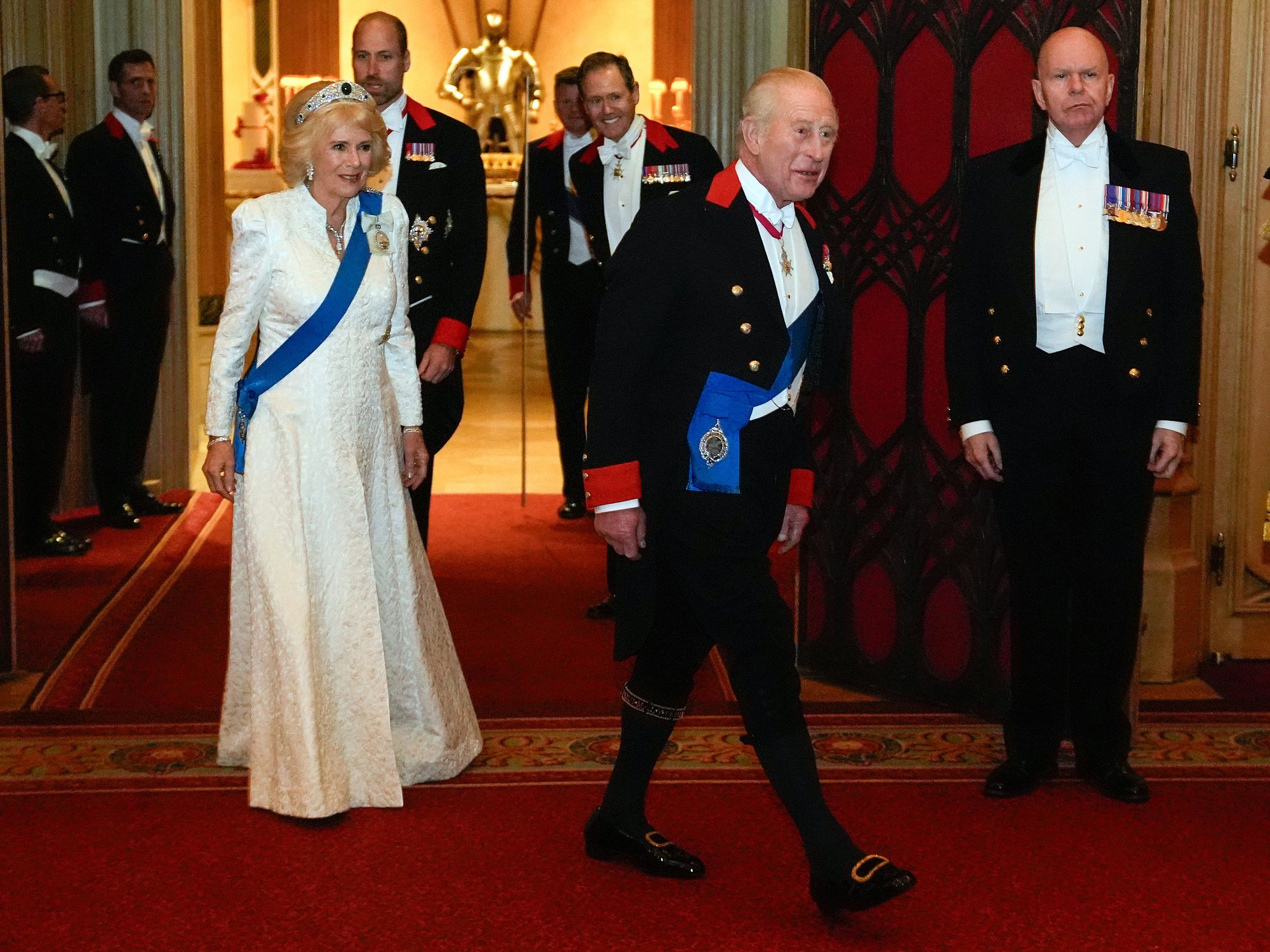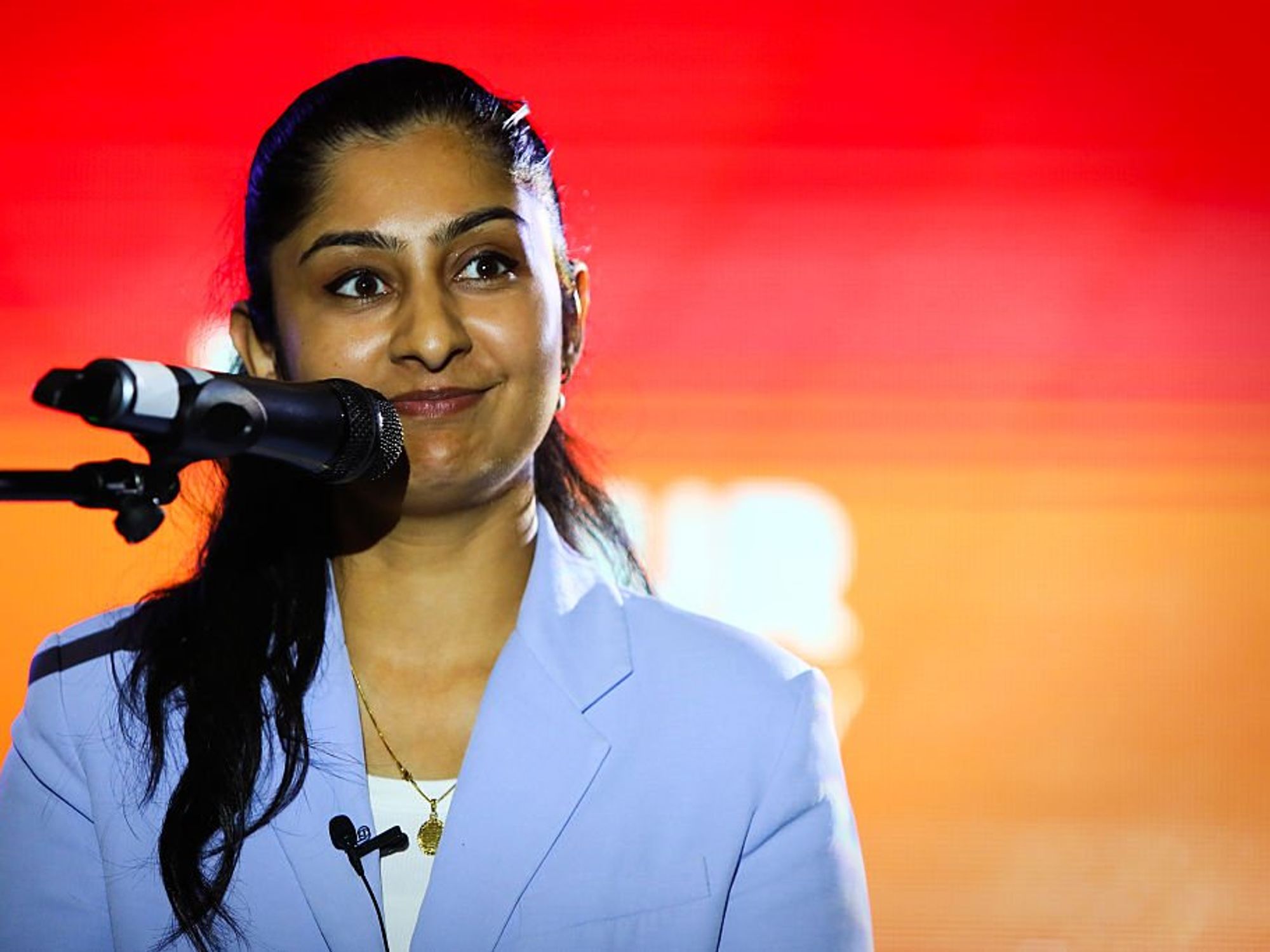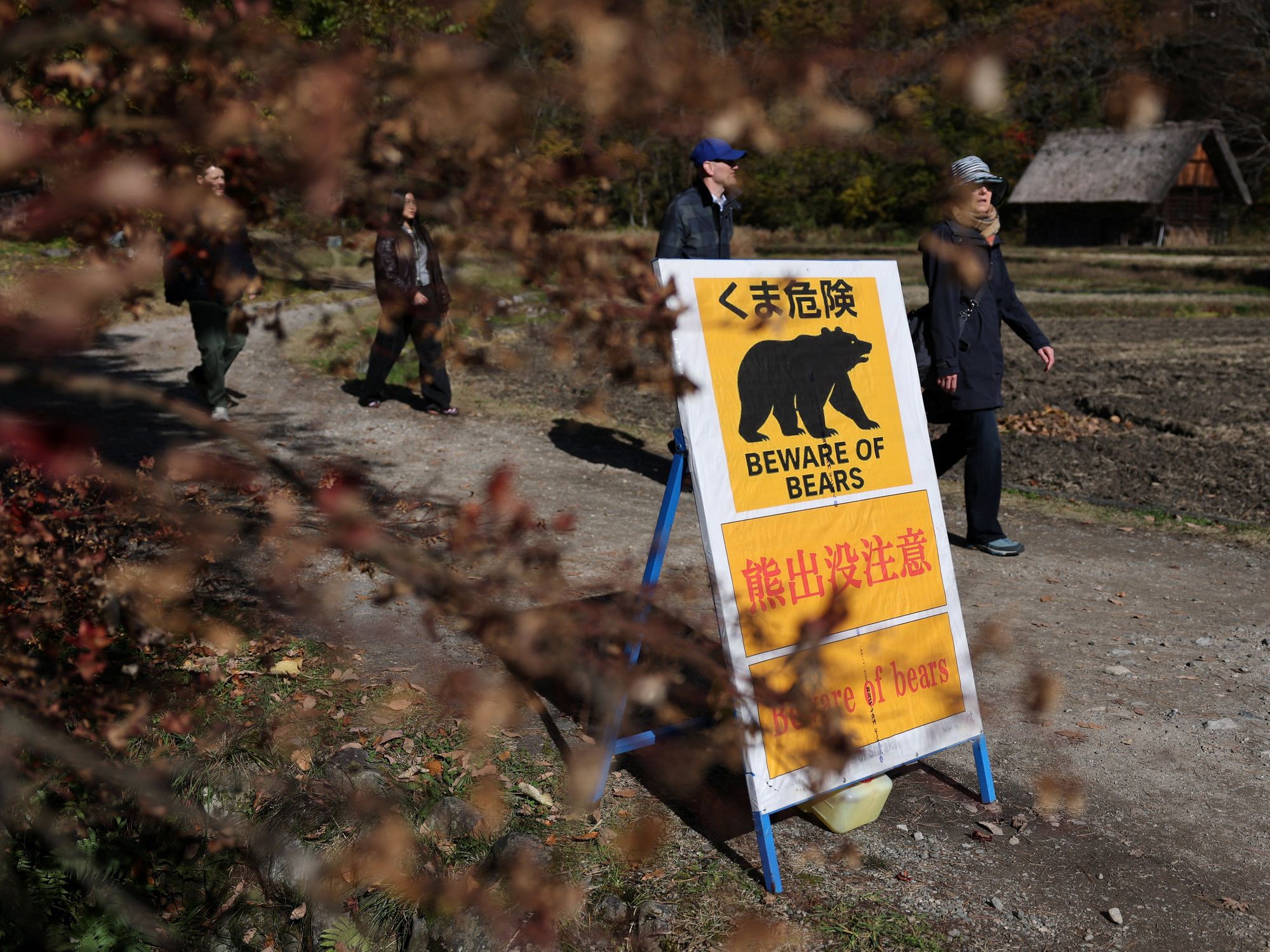The under-representation of white people on TV adverts is more serious than it seems - Colin Brazier
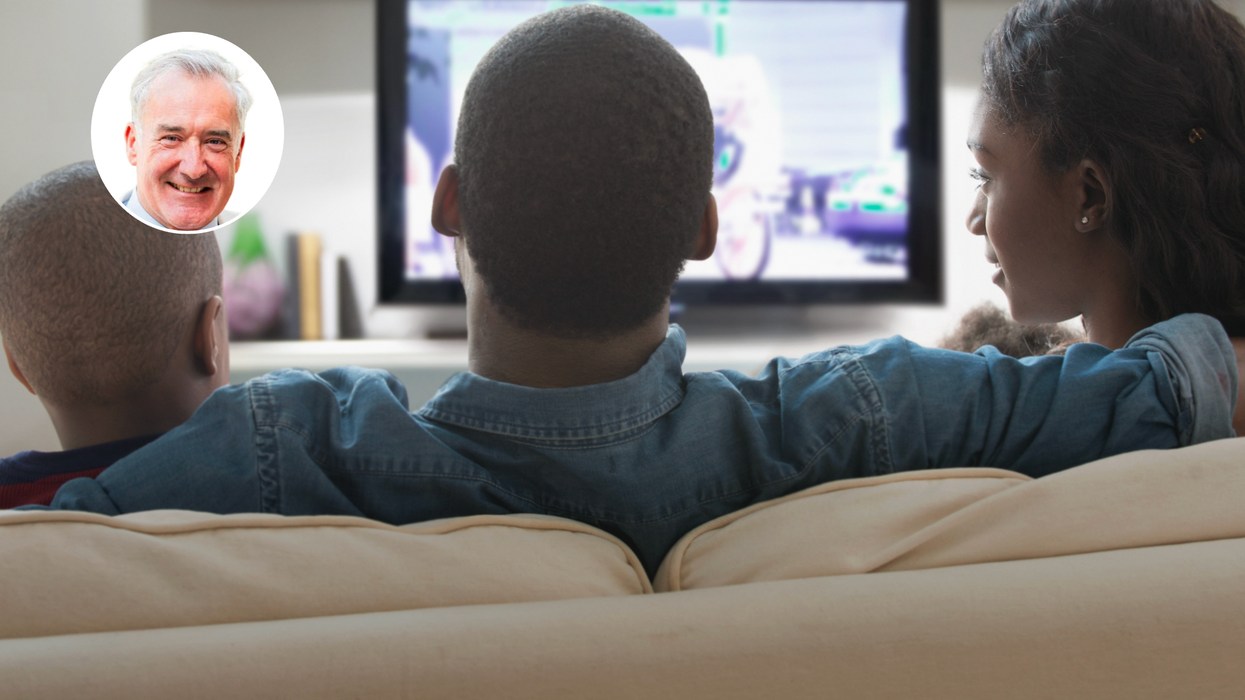
Getty Images
It will be increasingly difficult to highlight this dangerous over-representation without being denounced, writes former broadcaster and columnist Colin Brazier
Don't Miss
Most Read
Trending on GB News
I must have clocked up many thousands of hours of live television. And yet for all those years in the studio, I am - like many of us - hesitant about public speaking. I make some exceptions.
Later this month, for instance, I will be on a panel in Westminster for a debate about free speech. I accepted the invitation before Charlie Kirk was assassinated, but his murder has made me recognise that those of us who can have a duty to debate ideas in public.
The discussion, organised by the brilliant and inexhaustible Claire Fox, is about who “controls the narrative” in Britain today. Is our public discourse directed by government, the mainstream media, big business, charities, or think-tanks? Or, thanks to Elon Musk, have we arrived in the sunlit uplands of citizen journalism? You will have your own opinions.
For now, though, let us assume that you, like me, think we are living through a time of unprecedented social engineering. Let’s consider some examples from this week alone.
First came a study of our TV advertising industry. It found that half of all adverts feature black people, even though they make up only four per cent of the population of England and Wales (and less still in Scotland and Northern Ireland). The research also noted that the disabled, over-70s and pregnant women were effectively airbrushed from reality by advertisers.
Why do they do it? And, just as importantly, does it matter? For what it’s worth, I don’t for a second believe there is a conspiracy to marginalise white men. I don’t think advertisers are acting in concert. But that’s not to say it isn’t happening, or isn’t harmful.
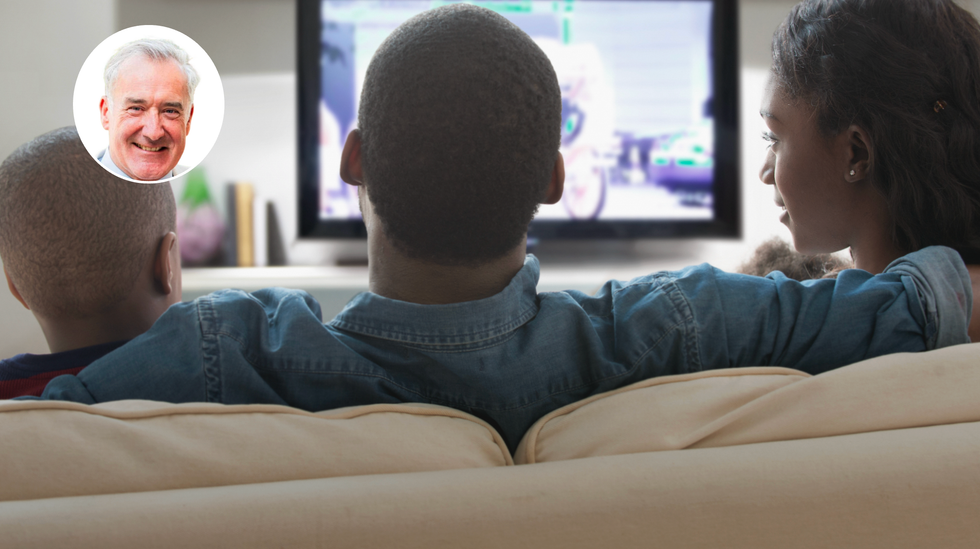
The under-representation of white people on TV adverts is more serious than it seems - Colin Brazier
|Getty Images
I suspect the over-representation of black people and the concomitant disappearance of white folk in adverts is what happens when lots of different advertising agencies sing from the same post-George Floyd hymn-sheet. In aggregate, it looks deliberate. In reality, it’s sort of accidental. But the effect? Toxic.
Our creative industries - film, TV, advertising, and theatre - choose to ignore the emotions they stir among the native white population by disproportionately depicting Britain as far less white than it actually is.
There will be some who say this doesn’t matter a jot. Who cares if Dr Who and half the cast of the show are non-white? What does it matter that Anne Boleyn is played by a black actress, or that soap powder advertising relies exclusively on mixed-race couples?
But this is to assume that most Britons are colour-blind. And, in truth, they are not. Not least because we now have a race-grievance industry which has kept bashing whitey over the head with the message that race matters a very great deal.
Having sensitised consumers to race, we shouldn’t be surprised if they notice when society is reflected back at them in a way unrelated to statistical verities.
Many white Britons think their country is far less white than it actually is - thanks to our creative media. It’s especially unsettling, I suspect, for young white men (who, polls show, are increasingly drawn to Reform).
This week, as I sat waiting for a medical consultation, I noticed that, amid the many posters on the wall, there was not one showing a younger white man. Again, conspiracy? No, just clumsy, ideologically dogmatic and counter-productive.
The keyword in all this is representation. The woke side of the aisle likes to brandish this word when it suits them. They demand more BAME representation in politics, business, law, and media.
But nobody is meant to notice (even less complain) when under-representation tips into over-representation. Take a BBC story this week about the university in my home city of Bradford.
It trumpeted the fact that 85 per cent of students there were non-white. It’s a thing, sure. But is this a success story? Would the BBC rhapsodise about a college which had boosted its white representation? Of course not.
One example to tease some of this out. A decade ago, I was sitting in an editorial meeting at Sky News, discussing which stories we ought to focus on for the main 5 pm show.
It was the day, if memory serves, when Labour in Scotland had just chosen Kasia Dugdale as their new leader. Unremarkable in itself, but striking in context.
Because her appointment meant that the majority of the leaders of political parties in Scotland were gay. Even the UKIP leader there, David Coburn, a man who wouldn’t have looked out of place in any golf club saloon bar, with his hearty bonhomie and blazer, styled himself as “outrageously gay”.
I can still remember the looks of suspicion on the faces of colleagues as I suggested this was a phenomenon worthy of debate. It was a look bordering on a kind of fear.
But I stand by my idea (which, of course, was not taken up). If homosexuals make up, at the most, four per cent of the overall population, how did we end up with so many gay political leaders? This is not to disdain gay or lesbian politicians.
At the time, Ruth Davison was Scotland’s Tory leader and a realistic candidate to become PM one day. But it’s an interesting question, no?
Why the heavy over-representation (not just in politics, but broadcast news too)? I’ve talked to gay former colleagues about this, and they agree it’s a subject worthy of ventilation.
But when I suggested exactly that at Sky, the looks I got could not have been less supportive had I whipped out my todger and taken a pee in the corner.
My point is that if representation matters, then it can’t be right just to cherry-pick one type over another. I don’t necessarily care if certain characteristics of race, religion or sexuality show up disproportionately (even if that were desirable, it would be very difficult in a free country to ensure every public or private body exactly reflected the make-up of society). But I do reserve the right to talk about it.
Because, behind all this, important principles lurk. Islamists, for instance, are very much over-represented on MI5’s terrorist watchlists, with the majority of the 40,000 people of interest to the security services holding Jihadist views.
For now, the government allows us to point this out, content to simply overemphasise that terrorists are drawn from all communities, white-British included.
But I have a suspicion that, if those drafting Islamophobia laws get their way, it will be increasingly difficult to highlight this dangerous over-representation without being denounced - and quite possibly charged - as a peddler of hate crimes.
Our Standards: The GB News Editorial Charter





